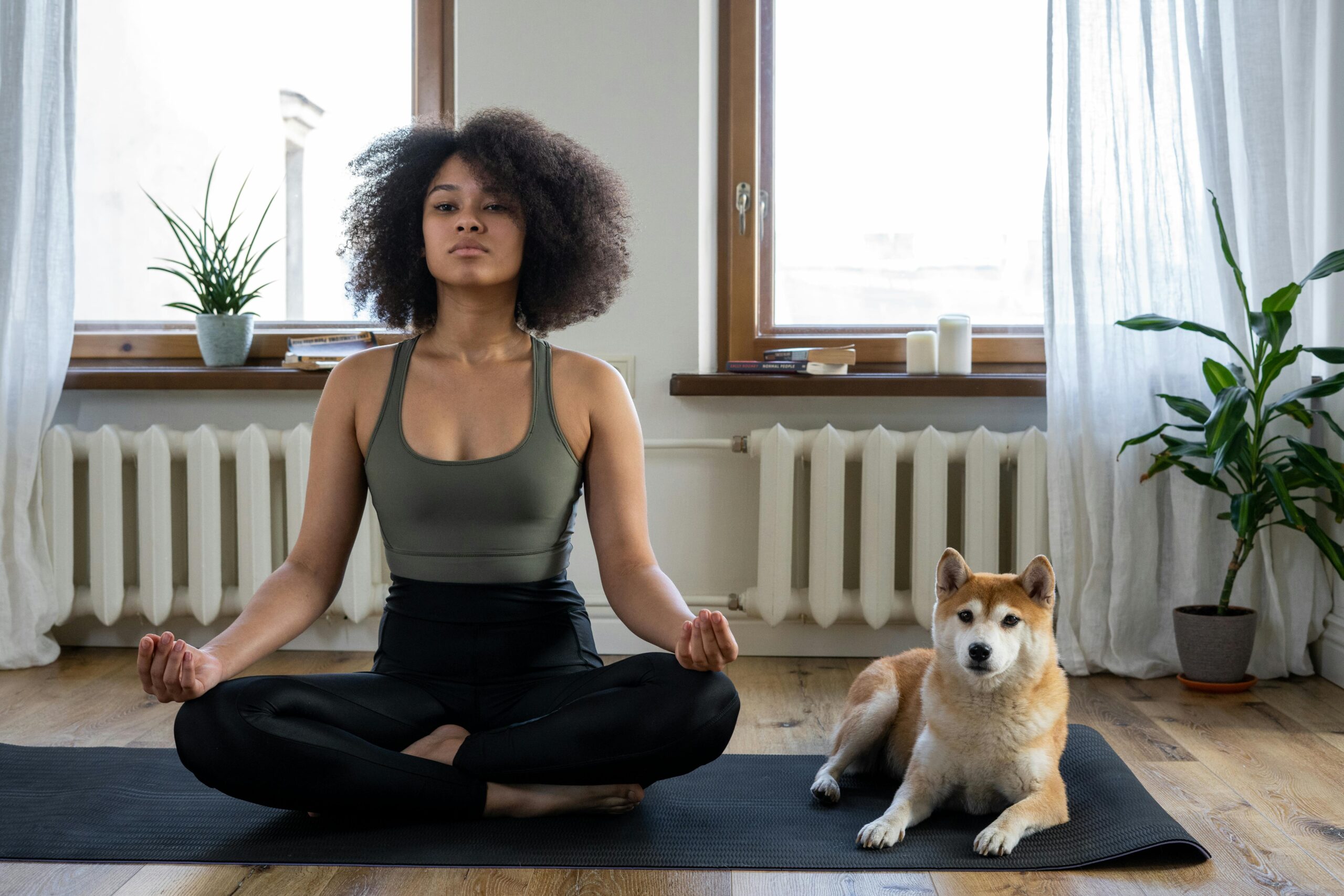Creating a secure environment for your furry companions is essential for their health and your peace of mind. Pet-proofing your home involves identifying and eliminating potential hazards that could harm your dogs or cats. Whether in a spacious house or a compact apartment, this comprehensive guide will help you transform your living space into a pet-safe haven. From toxic plants to dangerous household items, we’ll cover everything you need to know to keep pets safe while maintaining a stylish and functional home.
Understanding Your Pet’s Perspective
To effectively pet-proof your home, you must first think like your pet. Dogs are naturally curious and tend to use their mouths, often chewing on anything they can find. Cats, on the other hand, are climbers and jumpers who can access seemingly unreachable places. Take time to crawl around your home at pet level to spot hazards you might otherwise miss. For dog-proof house strategies, focus on securing items at nose and mouth height, while cat-proof apartment tactics should address vertical spaces and small openings. Understanding these different behaviors is the foundation of good pet-proofing home practices.
Kitchen Hazards and Solutions
The kitchen contains numerous dangers for your furry friends. Foods like chocolate, grapes, onions, and xylitol (found in sugar-free products) can be fatal to pets. Secure all food in cabinets with childproof latches or inside the refrigerator. Install a pet-proof trash can or place the current one behind a secured cabinet door. Counter-surfing cats and determined dogs can access dangerous items like knives, cleaning supplies, and hot surfaces. Consider creating a designated pet-free zone in the kitchen using baby gates for dogs or double-sided tape for deterring cats. When planning your kitchen organization, always consider keeping pets safe from food toxins and physical dangers like sharp objects or hot appliances.
Securing Your Living Spaces
Living rooms and bedrooms present their own set of challenges when pet-proofing your home. Electrical cords are enticing for pets and kittens to chew on, creating shock and fire hazards. Use cord concealers or bitter apple spray to deter chewing. Secure heavy furniture that could tip over when climbed on or bumped into for a truly dog-proof house. Remove or secure blind cords that could entangle curious pets. In a cat-proof apartment, protect houseplants by placing them in hanging baskets or enclosed terrariums, as many common houseplants are toxic to animals. According to experts at AskHomey, investing in furniture specified to withstand pet wear can save money in the long run while keeping your home looking stylish.
Bathroom Dangers to Address
Bathrooms contain many hazards that pet owners often overlook. Toilet bowl water can contain harmful cleaning chemicals, so keep lids closed and consider toilet lid locks for persistent pets. Store medications, vitamins, and personal care products in medicine cabinets or drawers with secure latches. Razors, dental floss, and bobby pins can cause serious internal damage if swallowed. If ingested, small items like hair ties, charms, or bones can cause intestinal blockages. When developing your pet-proofing home strategy, include a bathroom assessment to identify and secure these potentially dangerous items.
Laundry and Utility Areas
Laundry rooms and utility areas contain some of the most dangerous items for pets. Cleaning products, detergents, and fabric softeners can cause chemical burns or poisoning. Store these items on high shelves or in locked cabinets. Keep the dryer doors closed, as pets might climb inside for a cozy nap. Consider investing in pet-safe cleaning products to minimize risks if accidents occur. In garage areas, antifreeze is hazardous and has a sweet taste attractive to pets, but it is lethal even in small amounts. Creating physical barriers to utility areas is one of the most effective ways to keep pets safe from these concentrated hazards.
Creating Safe Enrichment
A bored pet is more likely to find trouble, so creating appropriate enrichment is crucial to pet-proofing. Designate specific pet-friendly zones with appropriate toys, scratching posts for cats, and chew toys for dogs. Rotate toys regularly to maintain interest and prevent destructive behaviors born of boredom. Window perches for cats and puzzle toys for dogs provide mental stimulation while keeping them away from forbidden areas. Remember that a well-exercised pet is less likely to engage in destructive behaviors, so regular physical activity is also essential to maintaining a pet-proof house or cat-proof apartment.
Seasonal Considerations
Pet-proofing needs change with the seasons. Holiday decorations like tinsel, ornaments, and gift ribbons are hazardous to pets. Plants like poinsettias, lilies, and certain spring bulbs are toxic and should be kept out of reach. Summer brings hazards like barbecue tools, lighter fluid, and citronella products. Develop a seasonal pet-proofing checklist to ensure you’re addressing new dangers as they arise throughout the year.
For more tips and to connect with reliable home service professionals, follow AskHomey on Facebook and Instagram.



